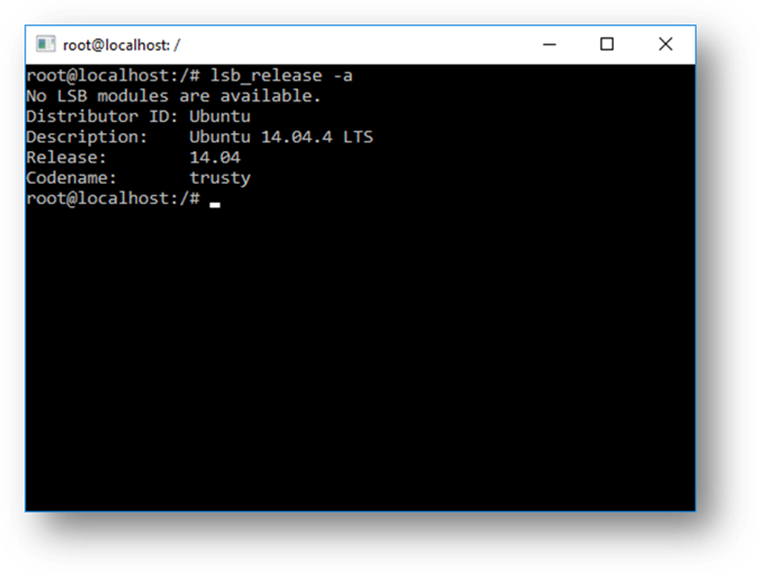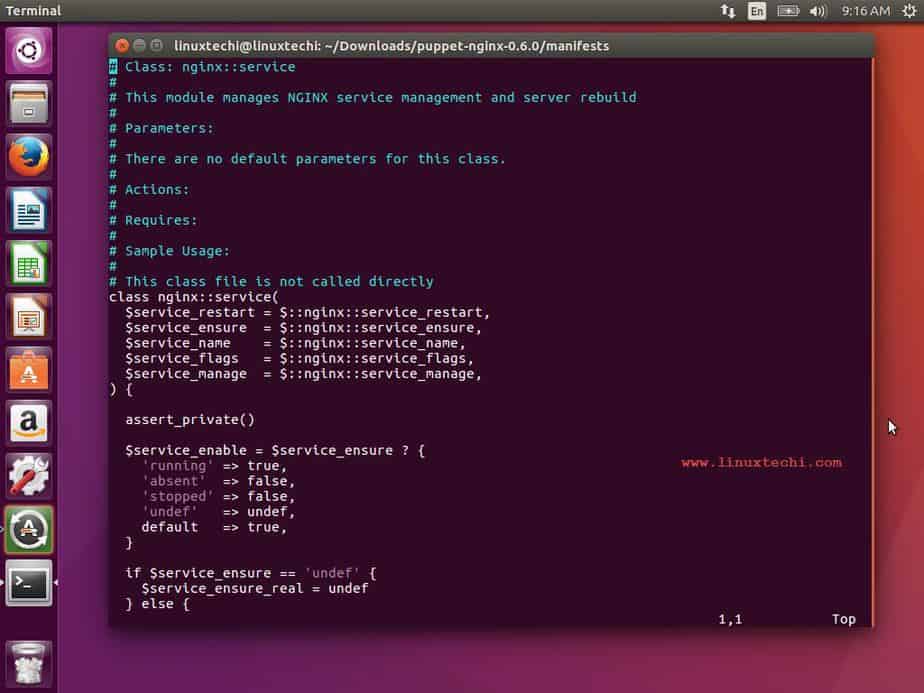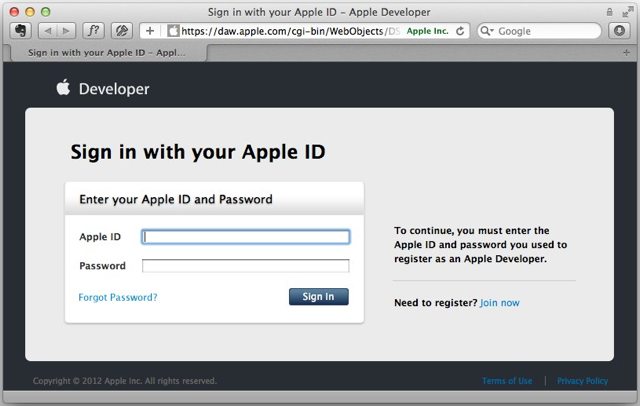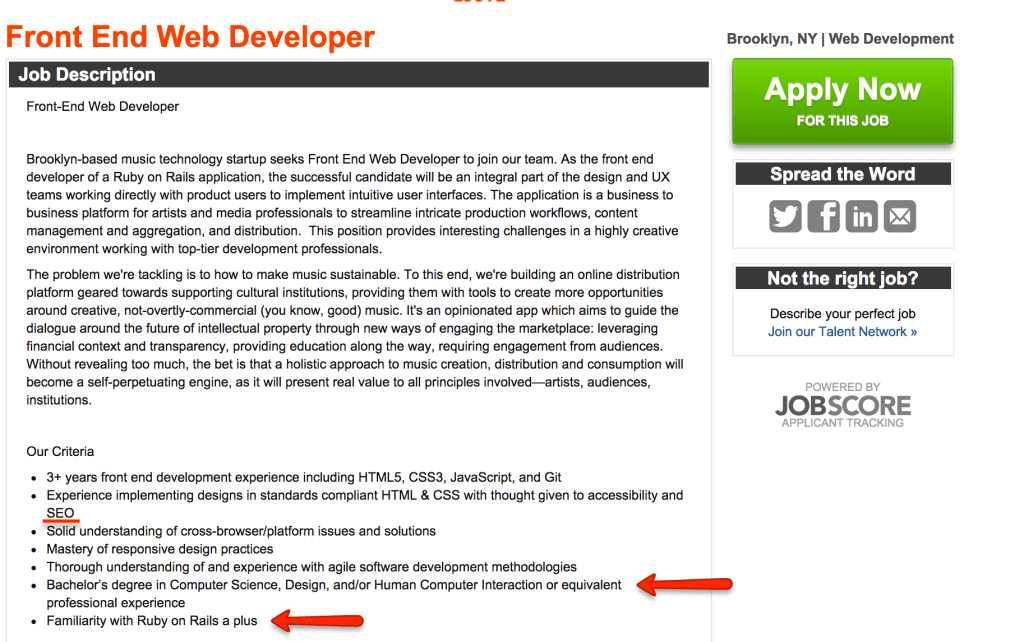The AWS Command Line Interface (CLI) is a unified tool to manage your AWS services. With just one tool to download and configure, you can control multiple AWS services from the command line and automate them through scripts. A look at several of the existing Ruby gems for creating command line interfaces (pros and cons, ease of use, etc. ), along with example code for each. Ive written applications in C, C, Perl, Ruby, Scala, and many others, always using the command line in some form or other. As a developer, I believe in clean code, doing it right, providing a great user experience and using the right tool for the job. Running shell commands from Ruby @igorsarcevic February 6, 2015 Ruby is an excellent language offering us a simple and human friendly interface, however for system administration or simple task automation the shell is a much better alternative. Ruby Gems for CommandLine Apps. One of the toughest things about writing commandline apps in Ruby is finding the right gems. Theres tons out there, but they can be really hard to find, either due to names that are too generic (main) or too bizzare (trollop). After a first article exploring what Ruby is with the irb, I keep exploring the language. This time, I'll make a little command line tool to learn how to manipulate strings and how to prompt users for input. We are simply printing a question to the terminal. By using gets, we indicate that we are. Writing a commandline application thats selfdocumenting, robust, adaptable and forever useful is easier than you might think. Ruby is particularly suited to this task, because it combines highlevel abstractions with close to the metal system interaction wrapped up in a concise, readable syntax. 29 rowsRuby is generally run from the command line in the following way ruby [ options [. Open a command line window and navigate to your Ruby scripts directory using the cd command. Once there, you can list files, using the dir command on Windows or the ls command on Linux or OS X. Your Ruby files will all have the. To compare building the commandline interface lets take a look at the register command in each language. Python (pymr) To build the command line interface in python I chose to use the click package. The console (also called command line, command prompt or terminal) is just another way of interacting with your computer. So you can basically do anything with it that you could also do with your graphical desktop user interface. Uru is a lightweight, multiplatform command line tool that helps you to use multiple Rubies on OS X, Linux, or Windows systems. Building from Source Of course, you can install Ruby from source. Executes command as one line of Ruby source. Several e's are allowed, and the commands are treated as multiple lines in the same program. If program file is omitted when e is present, execution stops after the e commands have been run. First install Sass using one of the options below, then run sass version to be sure it installed correctly. In this post Ill talk about my experience building a commandline interface application with Ruby; generating a gem directory, scraping the data with Nokogiri, and putting together the user interface. Join Kevin Skoglund for an indepth discussion in this video, Using the Command Prompt, part of Ruby on Rails 4 Essential Training. ARGF is a stream designed for use in scripts that process files given as commandline arguments or passed in via STDIN. RubyDoc ARGF is an instance of a hardcoded class called ARGF. class Ruby is the commandline program being run, e is called a flag, and puts RUBYVERSION is the value given for the flag. In this case, Rubys flag e means to execute the following as Ruby code. When I run the above on the command line, I get back printed out to standard output (which simply shows on the next line). Ruby is strongly identified with Rails and web development. But Ruby is far more than a web language. Ruby has a rich set of tools for shell scripting and text processing. Let's start by executing a Ruby command. The e argument tells Ruby to run the provided code and exit. rvm use rubyversion rbx# For current session and this project RVM will automatically use a ruby and gemset when you cd to a project directory. command line ruby cheat sheets. explainshell to quickly get information without having to traverse through the docs; rubylang documentation manuals, tutorials and references; Simple search and replace. More detailed examples with regular expressions will be covered in later sections Build Awesome CommandLine Applications in Ruby Control Your Computer, Simplify Your Life by David Bryant Copeland. With its simple commands, flags, and parameters, a wellformed commandline application is the quickest way to automate a backup, a build, or a deployment and simplify your life. The command line is a text interface for your computer. It's a program that takes in commands, which it passes on to the computer's operating system to run. HTML CSS Python JavaScript Java SQL BashShell. Visual Studio Code command line options (switches). Command Line Interface (CLI) Note: Users on macOS must first run a command (Shell Command: Install 'code' command in PATH) to add VS Code executable to the PATH environment variable. Read the macOS setup guide for help. The lock command will generate a list of gem statements that will lock down the versions for the gem given in the command line. It will specify exact versions in the requirements list to ensure that the gems loaded will always be consistent. Build Awesome CommandLine Applications in Ruby 2 Control Your Computer, Simplify Your Life by David Copeland. With its simple commands, flags, and parameters, a wellformed commandline application is the quickest way to automate a backup, a build, or a deployment and simplify your life. The commandline options for irb are listed in Table B. Typically, you'll run irb with no options, but if you want to run a script and watch the blowbyblow description as it runs, you can provide the name of the Ruby script and any options for that script. Using command line arguments adds a new tool to your Ruby toolbelt, which you can use to get user input into your program if you choose. Using Command Line Arguments Ruby captures command line arguments with a special array named ARGV. The command line is a textbased way to interact with your computer. In Windows and OS X we use graphical user interfaces (GUIs). GUIs let you operate your computer with pictures and a mouse. We start programs by clicking an icon, look through files and folders in Finder or File Explorer, or pick a command from a dropdown menu. Calling shell commands from Ruby. up vote 905 down vote favorite. For the sake of completeness (as I first thought this would also be a Ruby command): Rake has sh which does Run the system command cmd. Running command line commands within Ruby script. With this you can use ruby as a command line utility much more ergonomically than invoking it the standard way. There's only one switch l which runs your code on each line separately. Otherwise you get an Enumerator that returns the lines of stdin. ruby foo bar machine big 0 foo 1 bar 2 machine 3 big Verifying the number of arguments For a simple input validation we can check the length of the ARGV array. So yesterday we saw how to setup and run ruby scripts as executables from the command line. While this is pretty rad, it definitely has its limitations. For one, it's not very portable and secondly it just isn't very flexible or powerful. Ruby comes with a program that will show the results of any Ruby statements you feed it. Playing with Ruby code in interactive sessions like this is a terrific way to learn the language. Open up IRB (which stands for Interactive Ruby). 6 Summary 2 Manipulating files 2. 3 Renaming, copying, deleting 2. 4 Summary 3 Inspecting files 3. 1 Downloading a file The Ruby options are terminated by the first word on the command line that doesn't start with a hyphen, or by the special flag (two hyphens). If no filename is present on the command line, or if the filename is a single hyphen (), Ruby reads the program source from standard input. Arguments for the program itself follow the program name. I am trying to write a C# wrapper for a Command Line tool which is written in Ruby. I have no experience of Ruby but I am able to run this tool successfully from the command line with the following How can I directly call a ruby function from the commandline? Imagine, I would have this script test. usrbinenv ruby into the first line of your commandline file which will tell the shell to execute your file using Ruby (# ! usrbinenv ruby is similar to simply calling ruby from the command line, so the same rules apply. Interactive Ruby, or IRB to its friends, is a way of entering Ruby into a command line one line at a time and getting instant feedback. Its a great way of experimenting with Ruby and checking. The console command lets you interact with your Rails application from the command line. On the underside, rails console uses IRB, so if you've ever used it, you'll be right at home. This is useful for testing out quick ideas with code and changing data serverside without touching the website. Ruby is a scripting language and most of the time you will use it from the command line. For years Windows has been known for its poor command line interpreter. Although Microsoft has improved it in Windows XP and later versions, it still lacks some features which come in very handy when developing Ruby applications. A commandline interface or command language interpreter (CLI), also known as commandline user interface, console user interface and character user interface (CUI), is a means of interacting with a computer program where the user (or client) issues commands to the program in the form of successive lines of text (command lines). The command line is the standard mode of operation for UNIX commands, and since Ruby is used widely on UNIX and UNIXlike systems (such as Linux and macOS), it's pretty standard to encounter this type of program. In an effort to better understand what goes on with command line tools I'm going to start from the most basic, a ruby script that is in 13 June 2012 on Ruby, Chain Yesterday I tried to do a post on creating your first Ruby Gem as a command line tool. Fortunately, Ruby gives you all the building blocks you need to commandline applications fairly easily. In this post I hope to go beyond the typical how to do X with gem Y approach, and instead do a broad overview of all the pieces that go together to make a firstrate commandline app. Clearly the command line approach to execution is of limited use once you get beyond a few lines of Ruby script. A much more common approach is to place the Ruby script in a file, and then pass that file to the Ruby interpreter to run. Home; Ruby; Level Up Your CommandLineFu With Ruby. To really master the command line you have to master dozens if not hundreds of small utility programs..











